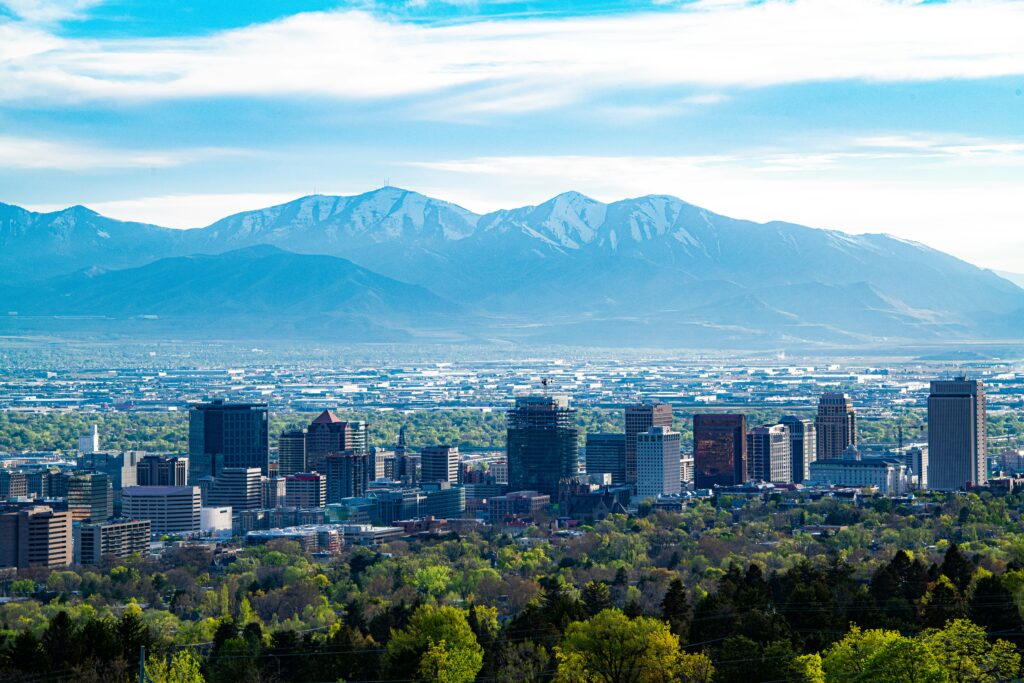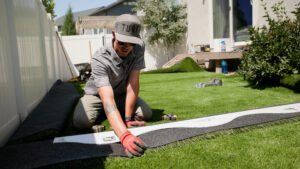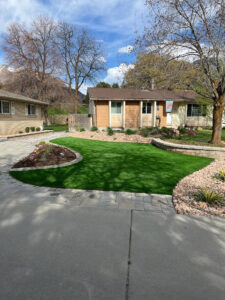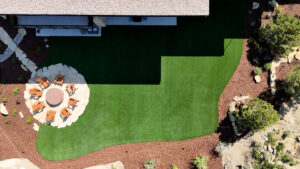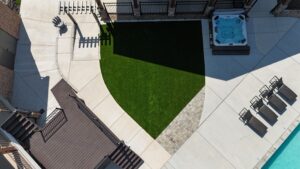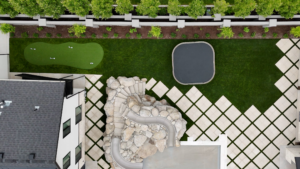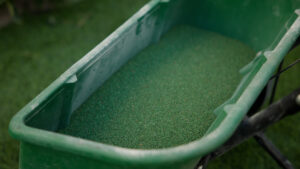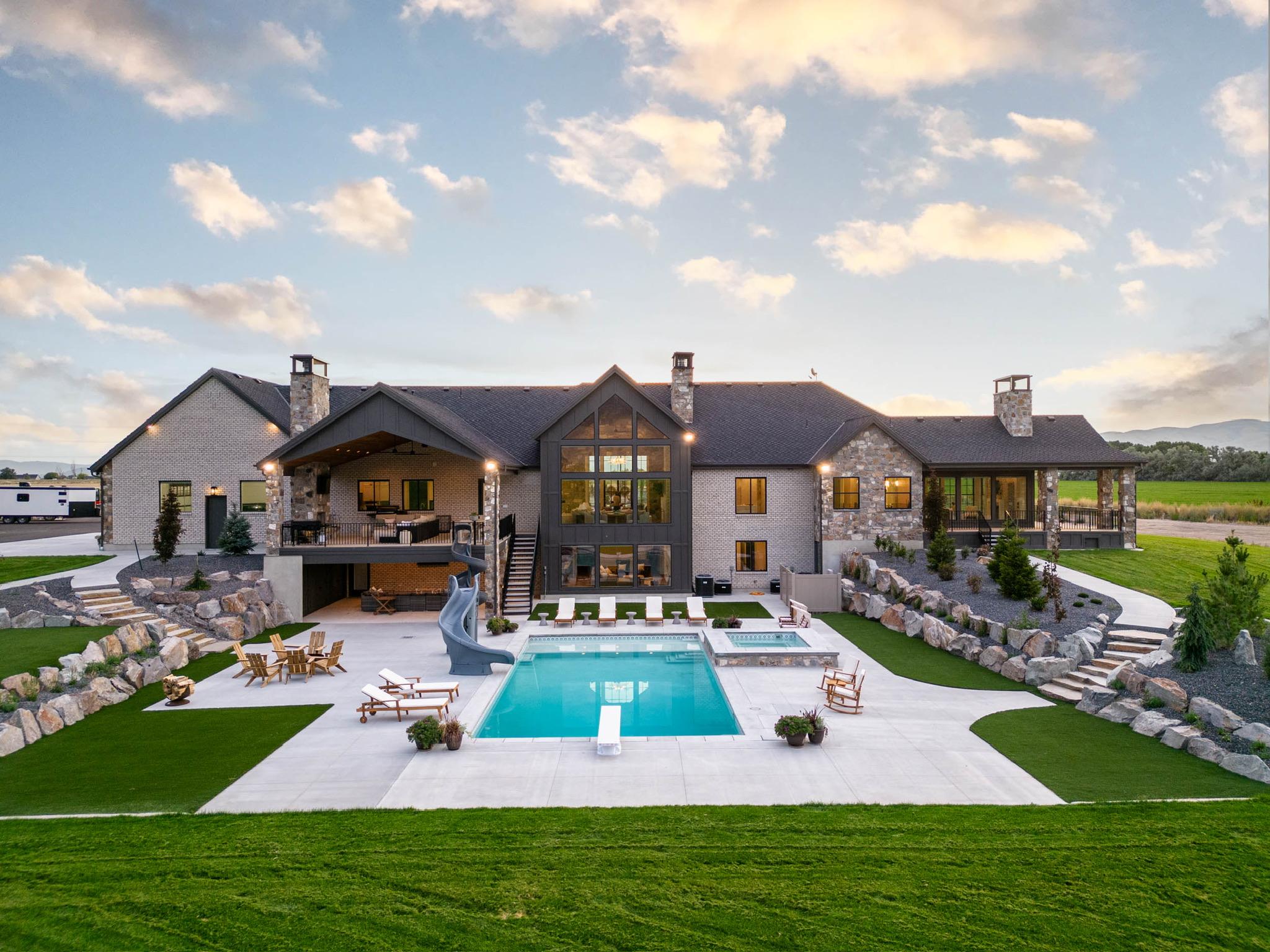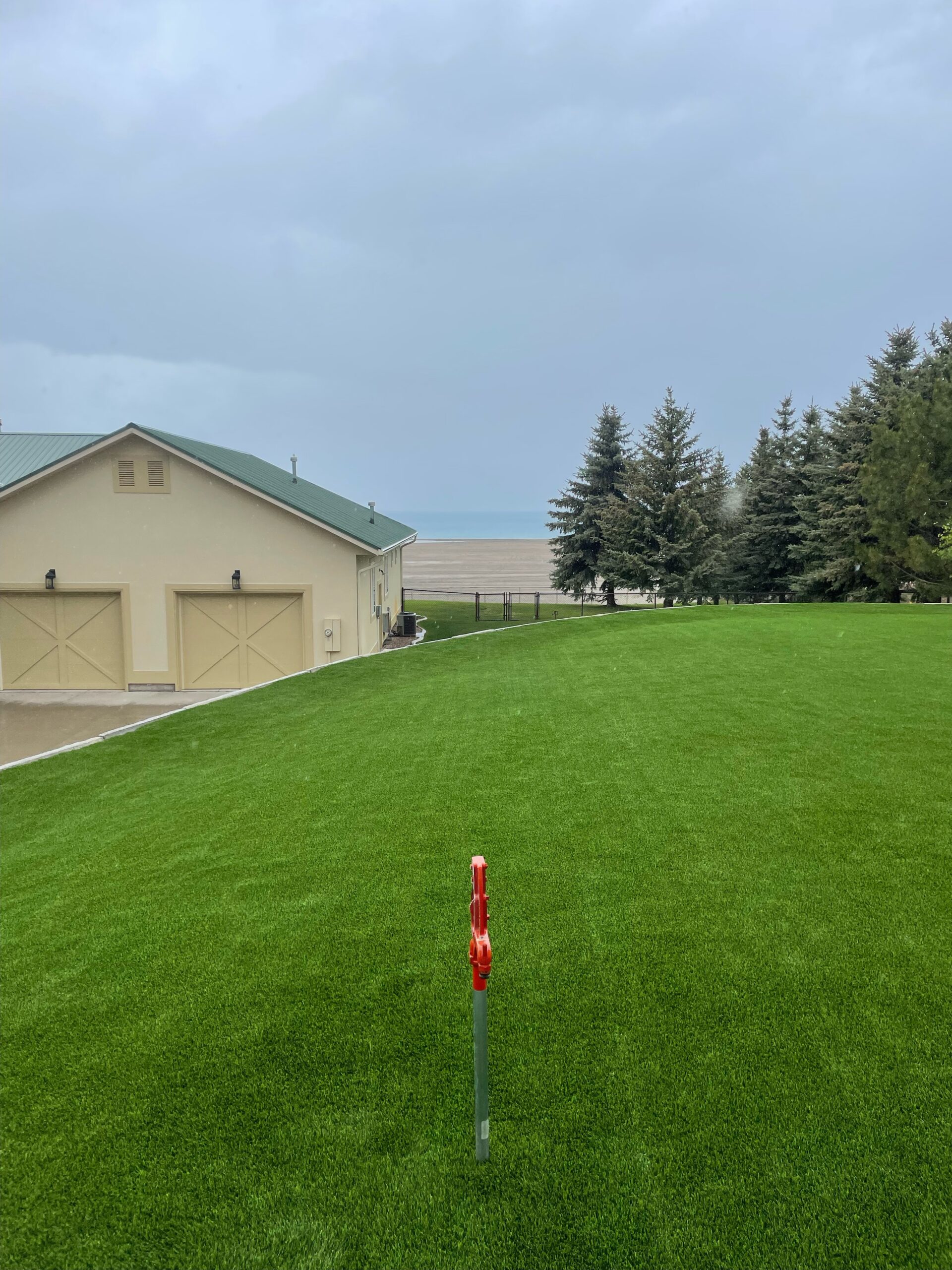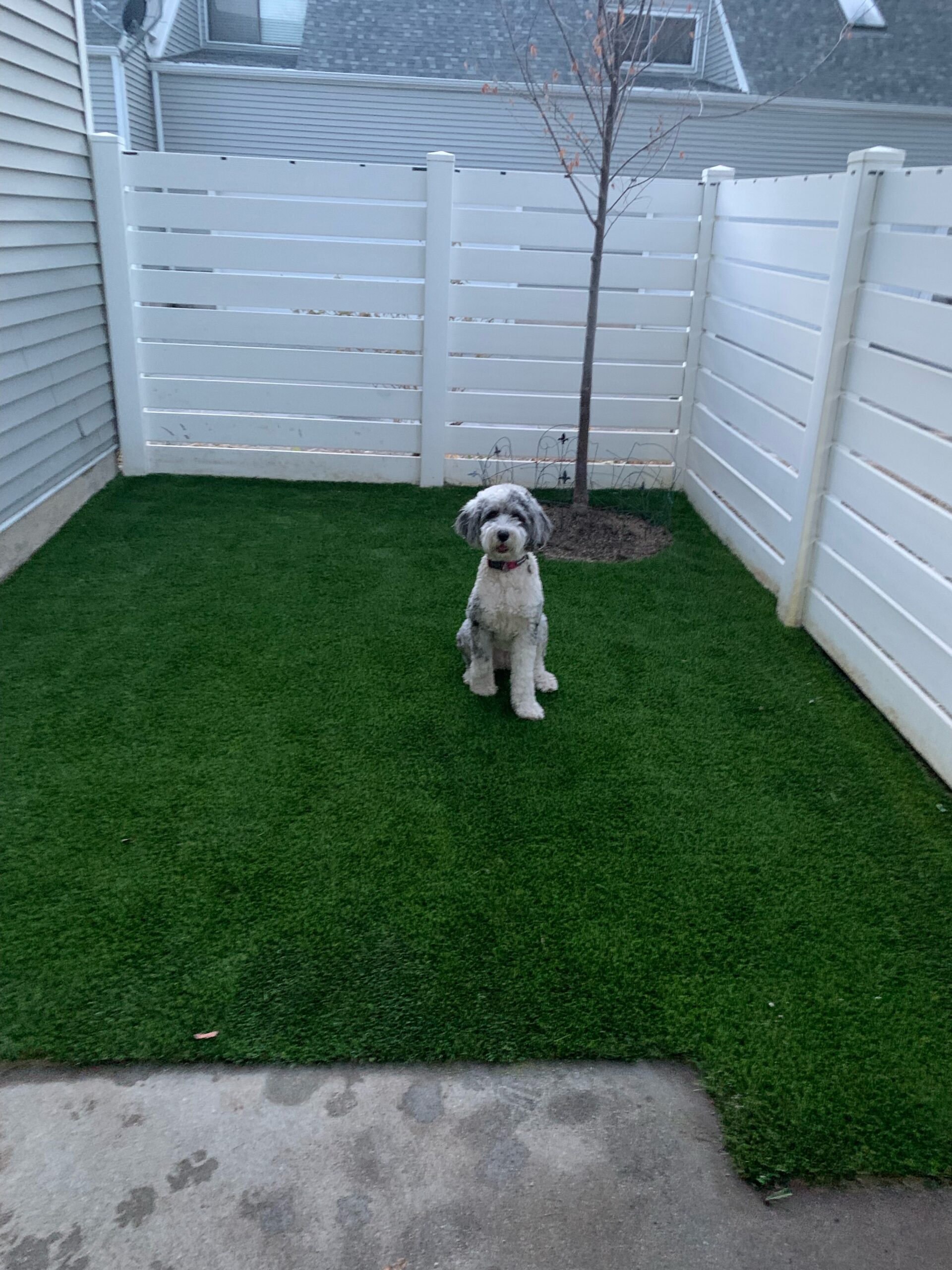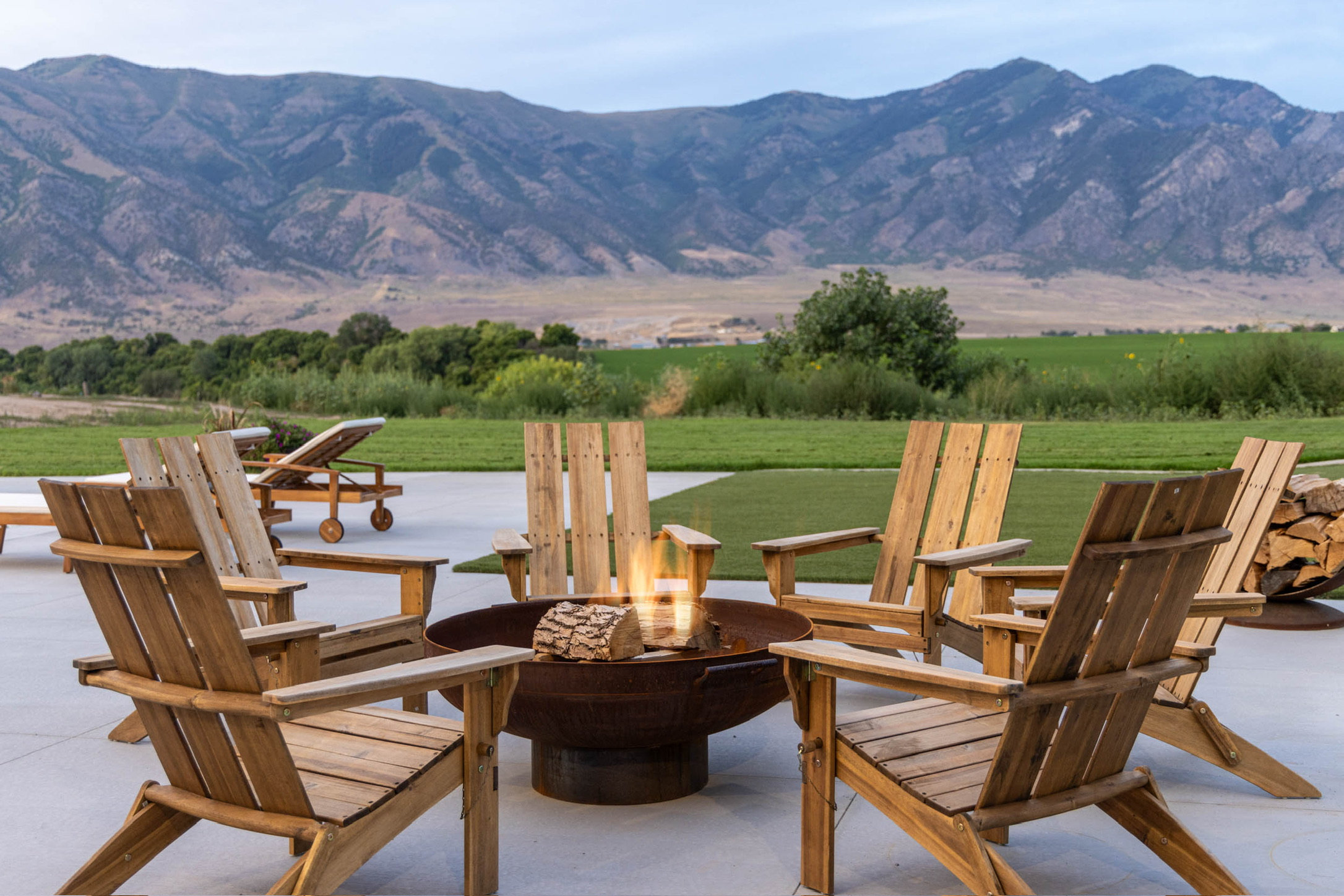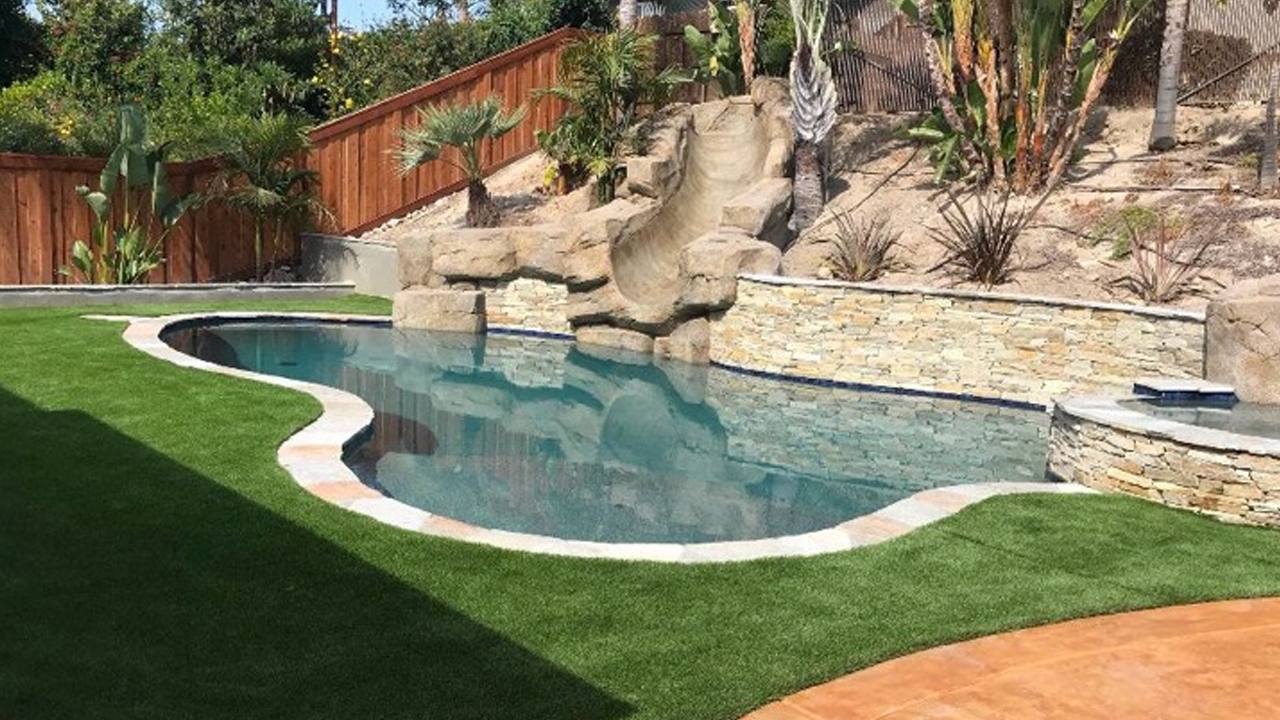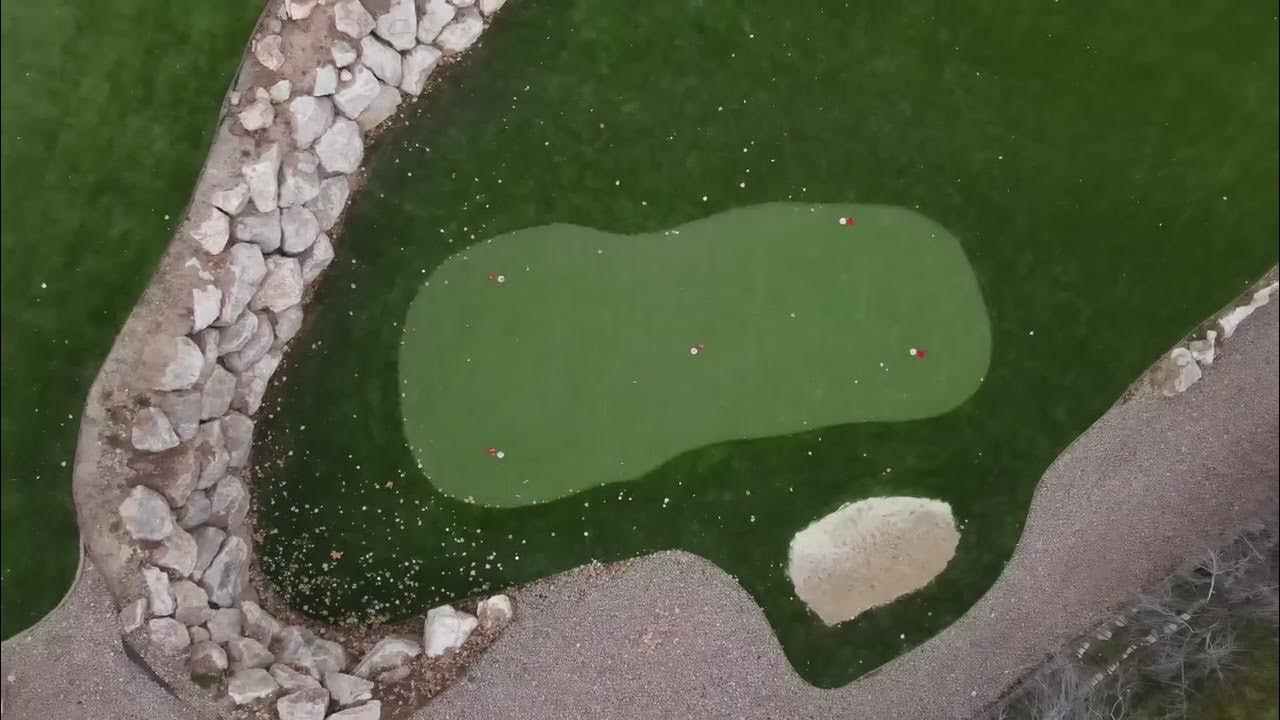Artificial turf has been gaining popularity as a low-maintenance, cost-effective alternative to natural grass. But how does it stack up when it comes to environmental impact? While some argue it’s a sustainable landscaping solution, others raise concerns about its long-term footprint. Let’s break down the facts to help you make an informed decision.
Water Conservation Benefits of Artificial Grass
One of the biggest environmental benefits of artificial grass is water conservation. In places like Utah and Idaho, where drought conditions are a persistent concern, reducing water consumption is crucial. A natural grass lawn can suck up thousands of gallons of water each year, while artificial turf requires little to none. This makes artificial turf an eco-friendly choice for those looking to cut down on water waste while still enjoying a lush, green lawn.
Artificial Turf and Carbon Footprint: Pros and Cons
Like any landscaping option, artificial turf has both advantages and drawbacks when it comes to carbon emissions. On the plus side, synthetic grass eliminates the need for gas-powered lawn mowers, which significantly reduces air pollution. No more fertilizers, pesticides, or weekly mowing.
On the flip side, the production and disposal of artificial turf contribute to carbon emissions. Manufacturing turf requires petroleum-based materials, and transportation adds to its footprint. That said, with advancements in technology and more eco-conscious production methods, artificial turf manufacturers are actively working to minimize its environmental impact.
Can Artificial Turf Be Recycled? Addressing Sustainability Concerns
One of the biggest sustainability questions people ask is: Can artificial turf be recycled? The short answer is yes—but it’s not always simple. Many modern turf systems are designed with recyclability in mind, and some companies now offer programs that repurpose old turf for different applications. However, older turf products often contain mixed materials that make recycling a little more difficult.
If you’re considering artificial grass but would like to know more about the possibilities of recycling, Tencate is an excellent resource. They specialize in recycling artificial turf and helping interested parties to make informed decisions with long-term sustainability in mind.
Is Artificial Turf a Sustainable Landscaping Solution?
When it comes to the turf vs grass environmental impact question, the answer isn’t black and white. Artificial grass vs real grass debates often highlight issues like heat absorption and the need for replacement over time. Natural grass absorbs carbon dioxide and helps cool the environment, but it also requires a ton of water and maintenance.
On the other hand, artificial grass eliminates harmful pesticides and fertilizers, conserves water, and stays green year-round. For those looking for sustainable landscaping solutions, artificial turf can be a smart option—especially in areas where maintaining natural grass isn’t practical.
If having an entire lawn consisting of artificial turf isn’t your ideal, consider using it in part, with other landscaping features like rocks and potted plants. Dryscaping or xeriscaping has become especially popular and can combine elements of artificial turf to get that lush appearance that natural grass offers.
Frequently Asked Questions
Is artificial turf better for the environment than natural grass?
It depends. If water conservation and reduced pesticide use are priorities, artificial turf is a great choice. However, if carbon absorption and cooling effects are your main concerns, natural grass may be better.
Can artificial grass be recycled?
Yes, but the process depends on the type of turf and available recycling programs.
Does artificial turf contribute to urban heat islands?
Artificial turf can retain heat more than natural grass. However, new technologies are helping to reduce this effect with cooler, more reflective turf materials.
What are the biggest sustainability benefits of artificial turf?
Water conservation, reduced chemical use, and lower maintenance costs make artificial turf a solid choice for sustainable landscaping solutions.
Want to Learn More About Artificial Turf?
At Elite Turf Supply, we believe in providing top-quality artificial turf that balances performance with sustainability. If you’re looking for eco-friendly artificial grass options, give us a call—we’ve got the right turf for any project!

